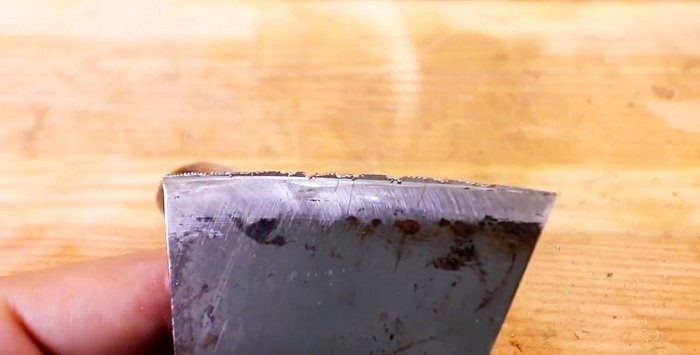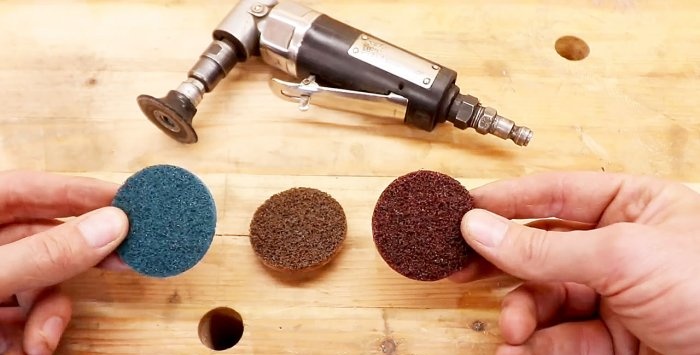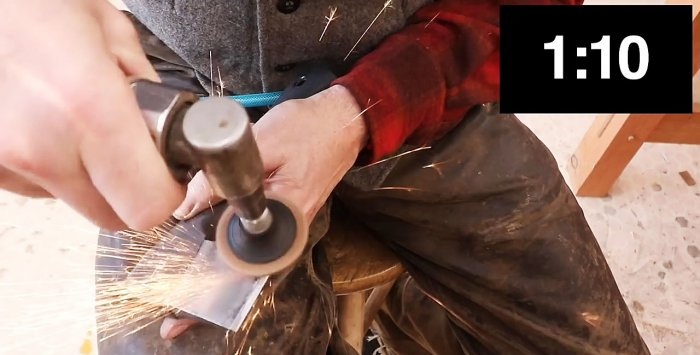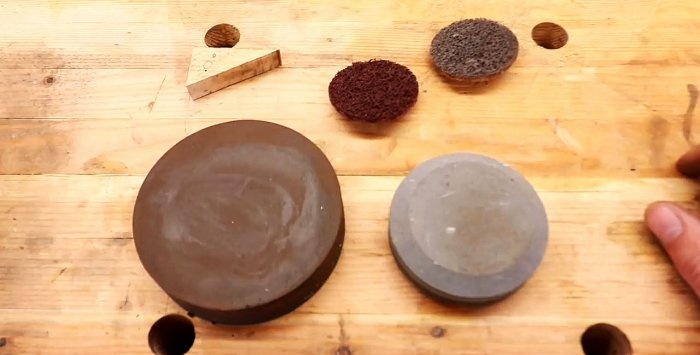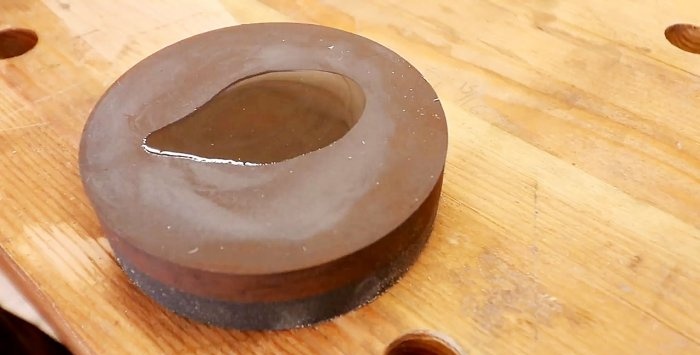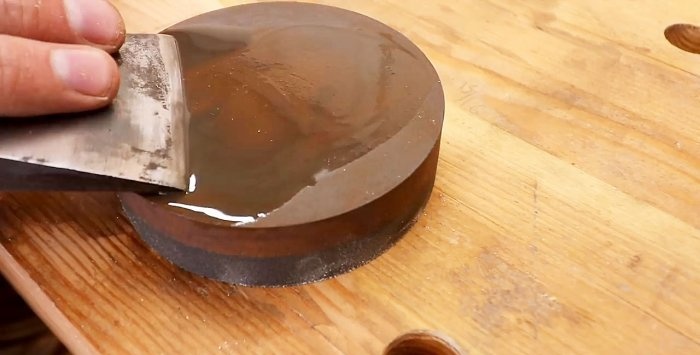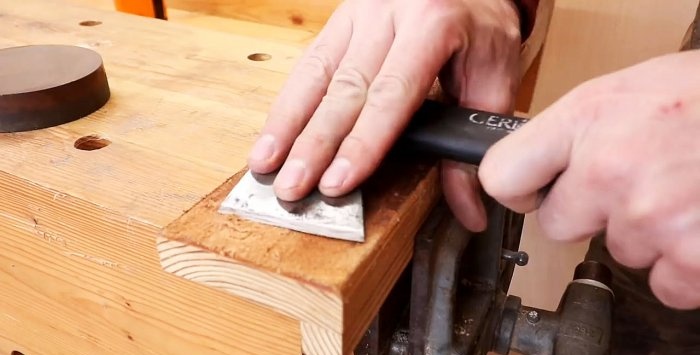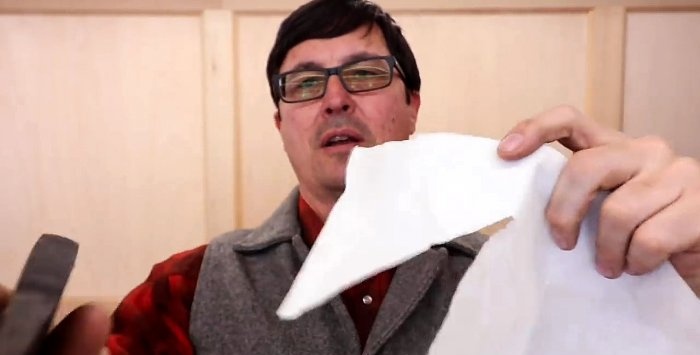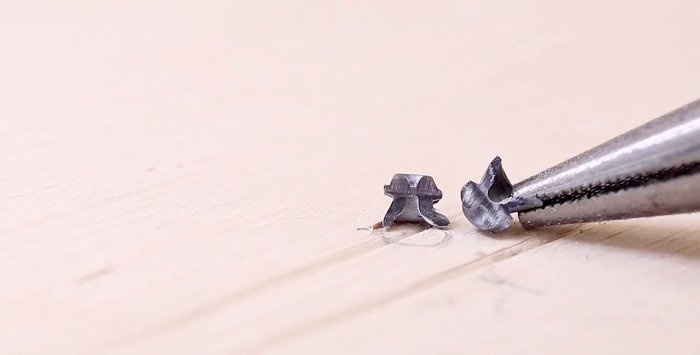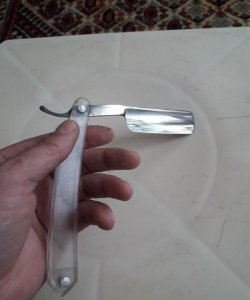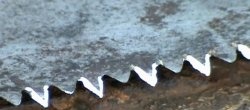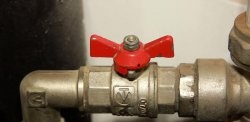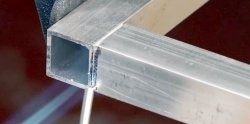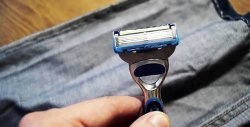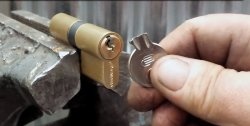Sharpening an ax to razor level
An ax is one of the most necessary tools in a private home. They do a lot of work, and some people can’t imagine life without it. How to sharpen an ax perfectly to razor level? And what tool is used to do this today?
Of course, we are not talking about a simple abrasive stone, or even sandpaper. Everyone knows this, and there is no need to explain how to use such a tool. But an angle grinder with special abrasive discs may be of interest to craftsmen who are sensitive to the condition of their equipment.
Of course, the method of sharpening cutting and stabbing tools with an angle grinder or grinder is far from new. But the effect of these disks is interesting. For the purity of the experiment, we will try to chop metal objects with an ax, for example, an unnecessary file. Of course, the blade of most axes is not designed for cutting metal. It will be even more interesting to do this after we sharpen it.
So, we got deep nicks and even dents on the blade, which not every emery machine can straighten.In such cases, axes are called “killed” and are written off for less responsible work, as an obsolete tool.
We insert the mounting attachment for the discs into the collet chuck of the angle grinder and try to process the blade with a coarse-grained disc.
The effect is noticeable immediately after a few minutes of treatment. Another noteworthy detail is that thanks to the fibrous structure of the working surface, such discs are able to remove heat and practically not heat the surface, unlike conventional abrasive ones.
Having selected the main irregularities on the blade, you can replace the disk with a smaller grain size. The basic sharpening is now complete; let's continue it on an abrasive block.
The grain size of such sharpening stones is supposed to be from 300 – 3000. We need something close to the finishing value. Pour a couple of drops of solvent or kerosene onto it, which contain an admixture of oil, and begin to rub it with the blade of an ax in a circular motion.
In this case, it is necessary to control the inclination and uniform operation of the chamfer over the entire width of the working surface. We carry out this procedure, alternately changing sides of the blade.
After the metal surface is completely free of scratches, nicks and other defects, only the thinnest burr formed by the abrasive grain will remain on the edge of the blade. A strip of leather attached to a wooden block will help get rid of it. Experts advise lubricating it with GOI paste.
We walk along it, placing the blade at the very edge, and move the ax from the edge of the block towards us. We perform such movements 25 times on each side of the ax, until that very small burr falls off to the surface of the skin.
After such sharpening, you can not only cut a sheet of paper with an ax, but also cut metal with it!
Of course, we are not talking about a simple abrasive stone, or even sandpaper. Everyone knows this, and there is no need to explain how to use such a tool. But an angle grinder with special abrasive discs may be of interest to craftsmen who are sensitive to the condition of their equipment.
Of course, the method of sharpening cutting and stabbing tools with an angle grinder or grinder is far from new. But the effect of these disks is interesting. For the purity of the experiment, we will try to chop metal objects with an ax, for example, an unnecessary file. Of course, the blade of most axes is not designed for cutting metal. It will be even more interesting to do this after we sharpen it.
Sharpening an ax blade with your own hands
So, we got deep nicks and even dents on the blade, which not every emery machine can straighten.In such cases, axes are called “killed” and are written off for less responsible work, as an obsolete tool.
We insert the mounting attachment for the discs into the collet chuck of the angle grinder and try to process the blade with a coarse-grained disc.
The effect is noticeable immediately after a few minutes of treatment. Another noteworthy detail is that thanks to the fibrous structure of the working surface, such discs are able to remove heat and practically not heat the surface, unlike conventional abrasive ones.
Having selected the main irregularities on the blade, you can replace the disk with a smaller grain size. The basic sharpening is now complete; let's continue it on an abrasive block.
The grain size of such sharpening stones is supposed to be from 300 – 3000. We need something close to the finishing value. Pour a couple of drops of solvent or kerosene onto it, which contain an admixture of oil, and begin to rub it with the blade of an ax in a circular motion.
In this case, it is necessary to control the inclination and uniform operation of the chamfer over the entire width of the working surface. We carry out this procedure, alternately changing sides of the blade.
After the metal surface is completely free of scratches, nicks and other defects, only the thinnest burr formed by the abrasive grain will remain on the edge of the blade. A strip of leather attached to a wooden block will help get rid of it. Experts advise lubricating it with GOI paste.
We walk along it, placing the blade at the very edge, and move the ax from the edge of the block towards us. We perform such movements 25 times on each side of the ax, until that very small burr falls off to the surface of the skin.
After such sharpening, you can not only cut a sheet of paper with an ax, but also cut metal with it!
Watch the video
Similar master classes
Particularly interesting
Comments (11)

